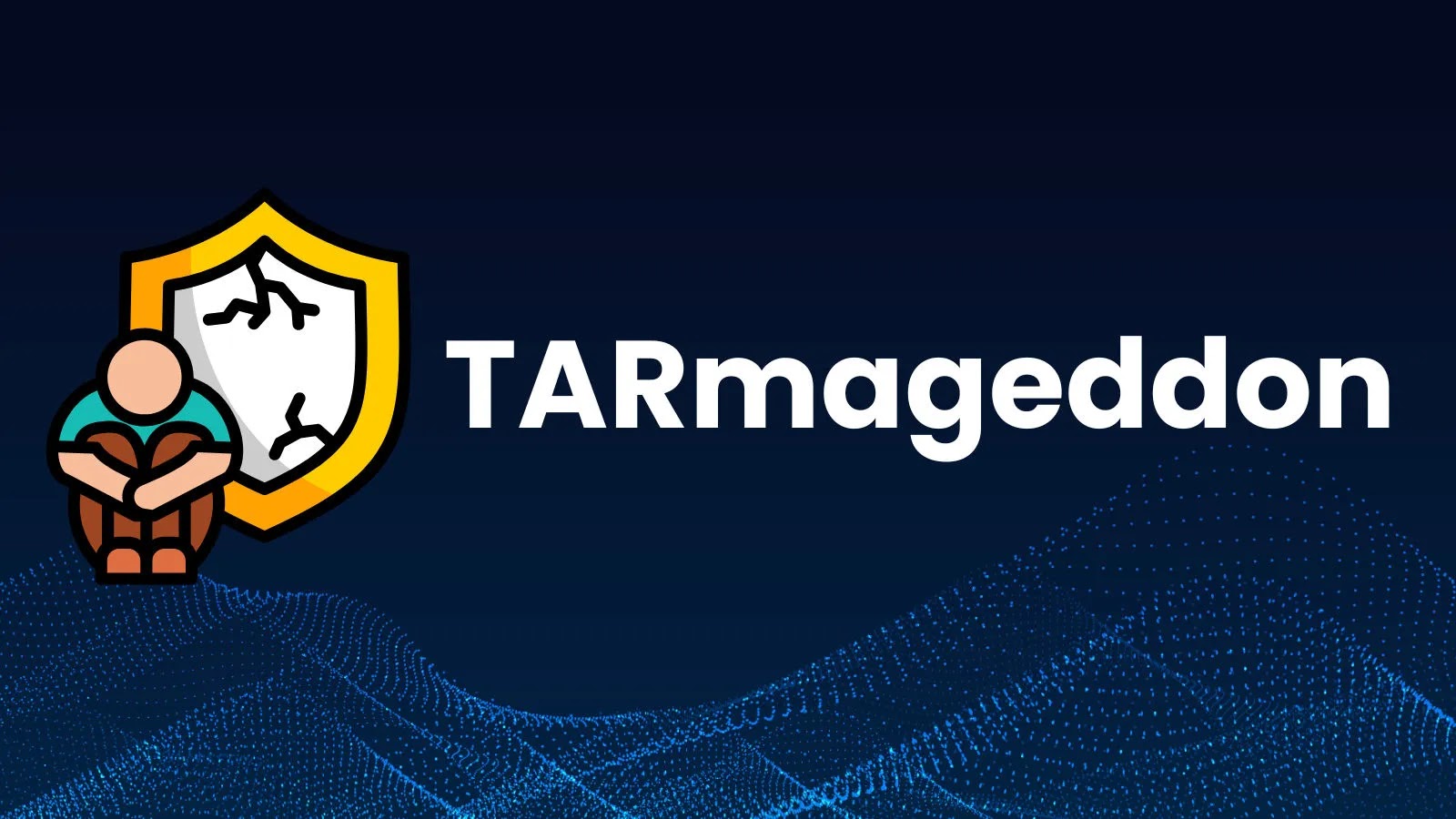
TARmageddon Vulnerability In Rust Library Let Attackers Replace Config Files And Execute Remote Codes
A critical flaw, dubbed TARmageddon, has been uncovered in the widely used async-tar Rust library and its popular forks, including tokio-tar. This high-severity vulnerability, tracked as CVE-2025-62518, carries a CVSS score of 8.1 and presents a significant risk to applications relying on these libraries. Attackers can exploit TARmageddon to manipulate TAR archive parsing, potentially leading to the overwriting of crucial configuration files and, ultimately, remote code execution (RCE).
What is TARmageddon (CVE-2025-62518)?
The TARmageddon vulnerability specifically targets how the async-tar and tokio-tar Rust libraries handle TAR archives. Archive formats like TAR are designed to bundle multiple files and directories into a single file for easier distribution and storage. However, the parsing mechanism within these vulnerable libraries contains a flaw that allows an attacker to craft a malicious TAR archive. When an application processes this archive, the vulnerability can be triggered.
The core issue lies in the potential for path traversal or other archive manipulation techniques that trick the library into writing files to unintended locations on the system. This means an attacker could, for example, replace a legitimate configuration file with a malicious one. If a system relies on these configuration files for startup scripts or other critical operations, overwriting them could grant an attacker elevated privileges or allow them to execute arbitrary code on the affected system.
Impact of the Vulnerability
The potential ramifications of TARmageddon are severe, given its high CVSS score of 8.1. The ability for an attacker to overwrite critical files directly translates to a high likelihood of achieving remote code execution. Consider scenarios where:
- A web application uses one of these libraries to extract user-uploaded archives. A malicious archive could overwrite a server configuration file, leading to RCE.
- CI/CD pipelines or deployment tools that process TAR archives containing application binaries or scripts could be compromised, allowing attackers to inject malicious code into deployed applications.
- Any system that downloads and extracts TAR archives programmatically using these libraries is at risk.
Affected Libraries and Their Significance
The primary affected library is async-tar, a Rust library designed for asynchronous processing of TAR archives. Its popularity stems from Rust’s growing adoption in high-performance and secure system development. Crucially, the vulnerability extends to popular forks, most notably tokio-tar. tokio-tar is widely used within the Tokio ecosystem, a leading asynchronous runtime for Rust, making its compromise particularly concerning due to its broad reach across numerous Rust applications and services.
Remediation Actions
Addressing the TARmageddon vulnerability is paramount for any organization or developer utilizing the affected Rust libraries. Immediate action is required to mitigate the risk:
- Update Libraries: The most crucial step is to update to the patched versions of
async-tarandtokio-taras soon as they are released. Developers should actively monitor official announcements from the library maintainers. - Input Validation: Implement robust input validation for any TAR archives being processed. While library updates are the primary fix, strong validation acts as a defense-in-depth measure. Ensure archive contents and file paths are scrutinized before extraction.
- Principle of Least Privilege: Applications extracting archives should operate with the absolute minimum necessary file permissions. This limits the damage an attacker can inflict even if a vulnerability is exploited.
- Segregate Archive Processing: If possible, isolate archive processing to sandboxed environments. This can prevent a successful exploit from impacting the entire system.
Detection and Mitigation Tools
Organizations should leverage appropriate tools to detect and monitor for this and similar vulnerabilities. While direct detection tools for CVE-2025-62518 are specific to the libraries, general security practices and tools aid in overall defense.
| Tool Name | Purpose | Link |
|---|---|---|
| Dependabot / RenovateBot | Automated dependency updates and vulnerability alerts in source code. | Dependabot / RenovateBot |
| OWASP Dependency-Check | Identifies project dependencies and checks for known vulnerabilities. | OWASP Dependency-Check |
| Container/Image Scanners (e.g., Trivy, Clair) | Scans container images for known vulnerabilities in included libraries. | Trivy / Clair |
| Static Application Security Testing (SAST) tools | Analyzes source code to identify potential security vulnerabilities. | [Vendor-specific – e.g., SonarQube, Checkmarx] |
Conclusion
The discovery of TARmageddon (CVE-2025-62518) underscores the critical importance of secure software supply chain practices. Vulnerabilities in core libraries, particularly those as widely adopted as async-tar and tokio-tar, can have far-reaching impacts. Developers and security professionals must prioritize updating to patched versions of these libraries, implementing robust input validation, and maintaining a layered defense strategy to protect against potential remote code execution and system compromise. Vigilance and proactive vulnerability management are essential in safeguarding modern applications.





